What are the signs that you’re losing muscle in your hands?
General weakness in your hands is one of the most common signs of losing muscle mass in the area and this can happen gradually or be quite sudden. You may notice you have more difficulty lifting or squeezing objects, and your gripping strength, range of motion, and fine motor skills could be more restricted. This can result in finding it harder to open jars, turn doorknobs, write, or button a shirt, as well as increased fatigue during everyday activities. Visually, muscle and fat loss can be quite noticeable in your hands too, making them appear gaunt and bony, while the condition can be painful due to the overuse of compensatory muscles, or be accompanied by tingling or numbness due to nerve compression.
Could lifestyle changes make a difference?
Maintaining a balanced diet, staying hydrated, and engaging in regular strength-building physical activity can contribute to maintained muscle and fat composition in your hands. However, a healthy lifestyle is likely to only slow down, not stop, age-related changes.
How much, on average, would treating muscle and fat loss in the hands cost?
The cost of treating fat loss and muscle loss in the hands can vary depending on the chosen treatment, the number of sessions required, and the location and expertise of your practitioner. Non-invasive treatments like physical therapy and dermal fillers are likely to be more affordable than surgical options but the former are likely to have more minimal or temporary effects. In general, dermal fillers start from £300; PRP therapy and laser rejuvenation treatments from £500; and AirSculpt fat transfer from £8000.
What vitamin stops age-related muscle loss in the hands?
It would be amazing if there was a magic pill to stop muscle and fat loss in the hands, but there isn’t a single vitamin that can completely stop the process and consequences of ageing. That said, you should ensure your diet and lifestyle provide you with enough key vitamins that are related to healthy muscle function, such as the B-vitamins, vitamin D, E and C, plus calcium and magnesium. Protein is also particularly important for muscle maintenance and repair throughout the body, and good hydrated can also support healthy muscle function.
Does skincare or at-home devices offer any solutions?
Skincare products won’t have a direct effect on muscle and fat loss in the hands, but they can help overall skin health. For example, products that contain collagen-boosting ingredients like retinoids and peptides can help improve skin texture and tone, especially if you struggle with dark spots and crepiness in the area. Regular massage and using moisturising hand creams may boost hydration too.
As for at-home physiotherapy-based devices, hand drippers and stress balls can help maintain hand strength and dexterity, but otherwise there are no specific devices with proven efficacy.
Are there any medical implications of fat and muscle loss?
In some cases, muscle loss in the hands – especially if it is significant or rapid in onset – may indicate an underlying medical issue or nerve-related problem that requires investigation. If you experience significant muscle weakness, speak to your doctor as soon as possible, as early intervention is key. Fat loss in the hands is less indicative of a medical issue, but if you are concerned, it’s advisable to still seek medical advice.

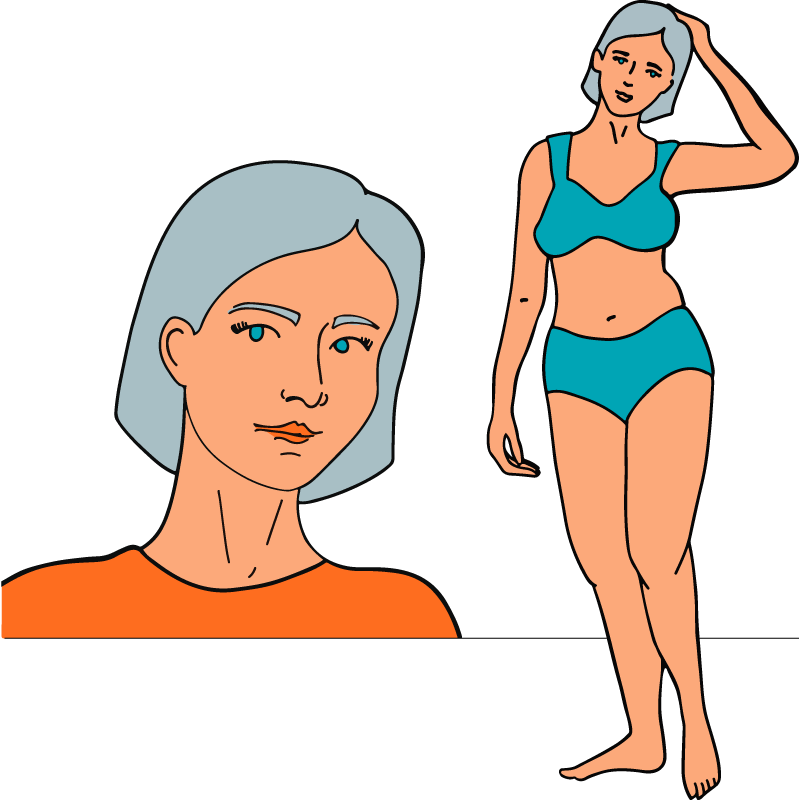

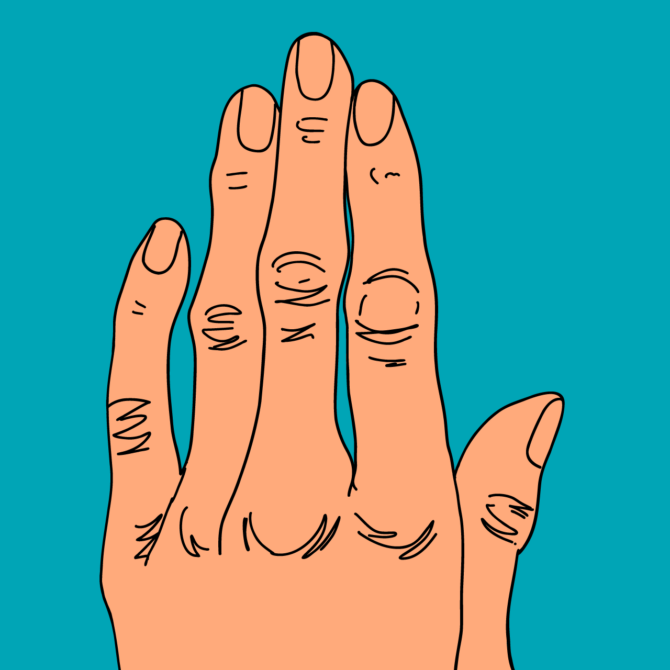
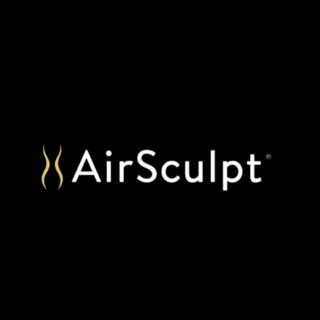

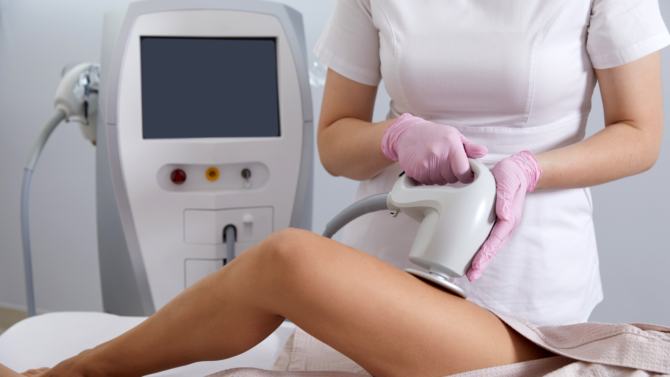
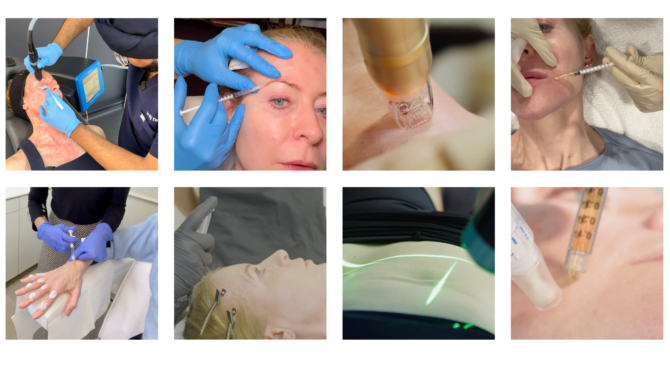
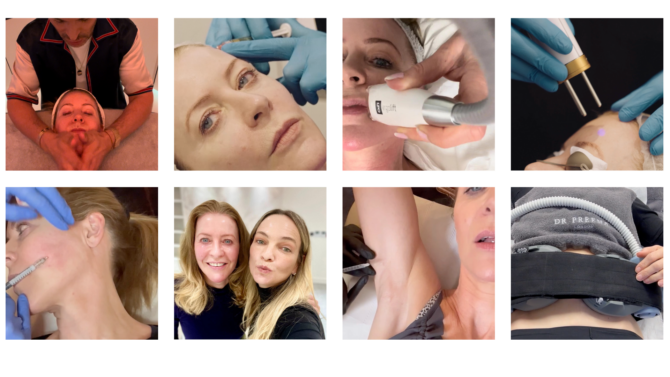
 The Tweakments Chatbot
The Tweakments Chatbot